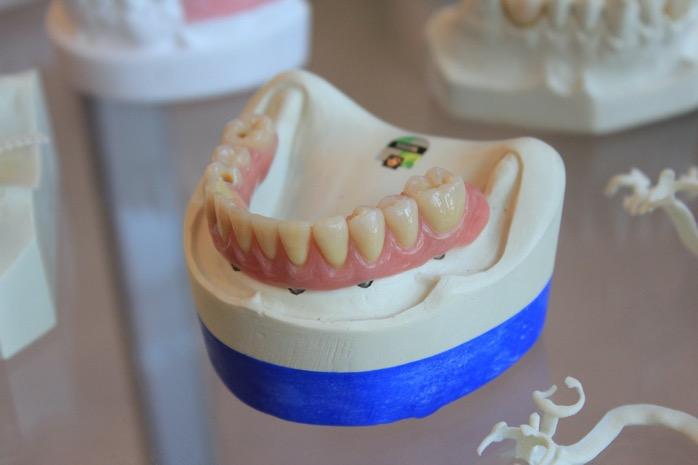Common Questions About Gum Disease

Photo by Quang Tri NGUYEN on Unsplash
Gum disease, gingivitis, or periodontitis, is a common disorder affecting millions of people. Here is what to look for and when to see a dentist or another specialist.
What is gum disease?
Gum disease is an infection. When the bacteria in plaque stays on your teeth, they can also infect the gums. Gingivitis, a mild form of gum disease, occurs when the bacteria are just under the gum line, causing the gums to separate a little from the teeth. The gums will become red, swollen and tender. Gums that bleed when you brush or floss are often the first sign of gum disease. If untreated, gingivitis progresses into periodontitis. Periodontitis is a more severe infection of the gums. At this point, the infection travels deeper below the gum line and down into the bone. The gums loosen farther from the teeth and they start to recede. As the gums and bone tissue are destroyed, your teeth may become loose and eventually fall out.
Who treats gum disease?
Most of the time, your regular dentist will be able to diagnose and treat your gum disease. If your infection is very severe or if you have a complicated medical history, you may want to consider going to a periodontist. A periodontist is a dentist who has done an additional three years of training. After completing dental school, periodontists specialize in treating gum disease and other forms of inflammation in the mouth.
What are the treatment options?
The initial treatment of gum disease is simply to clean out and kill the bacteria under the gum line. If the infection has moved deeper, you may need one of these additional treatments:
- Scaling and Planing: During a scaling and planing treatment, the dentist or periodontist will lift the gums to clean out the bacteria. Then the surface of the tooth will be smoothed out to encourage the gums to re-attach to the tooth. Several visits may be necessary.
- Root Surface Debridement: A root surface debridement is where the periodontist removes damaged bone or gum tissue.
- Gum Grafting: If your gum disease has advanced to the point where the gums are receding, leaving too much of the tooth, and sometimes part of the root, exposed, a gum graft may be needed. In this procedure, gum tissue can be taken from your palate or from a donor and grafted over a tooth that no longer has coverage. A gum graft can be performed on one or several teeth. Grafting in the gum tissue to cover an exposed tooth will often help with tooth sensitivity and can help protect the tooth from decay.
- Regenerative Procedures: After scaling and planing, a periodontist will sometimes do bone grafting or spread special proteins on the area to stimulate the body to regenerate the bone and tissue.
- Dental Implants: If your gum disease has progressed far enough that you have missing teeth, you may require dental implants. Most of the time an endosteal technique will be used. This is where a screw or cylinder is implanted directly into the jawbone and an artificial tooth or bridge can be attached to it. If the deterioration has affected the jawbone or if there just isn’t enough jawbone to attach an implant in, a subperiosteal technique will be used, where a framework is attached to the top of the jawbone instead.
To find out which procedures you will need or to find out about additional treatment options, contact your local dentist or periodontist such as www.washingtonperio.com.
Where can I find a periodontist?
Search online for periodontists in your area. Ask friends and family for recommendations. To be sure of insurance coverage, ask your insurance company for a list of in-network providers.
How can gum disease be prevented?
While the effects of untreated gum disease are grim, the good news is that gum disease is very preventable and treatable, especially if caught early. The best preventions are having good oral hygiene habits like:
- Brushing at least twice a day
- Flossing daily
- Avoiding sugary foods when possible
- Getting regular dental checkups and cleanings
If you have noticed red, swollen or bleeding gums contact your dentist or periodontist today to begin healing and prevent further damage and tooth loss.
More to Read:
Previous Posts:





